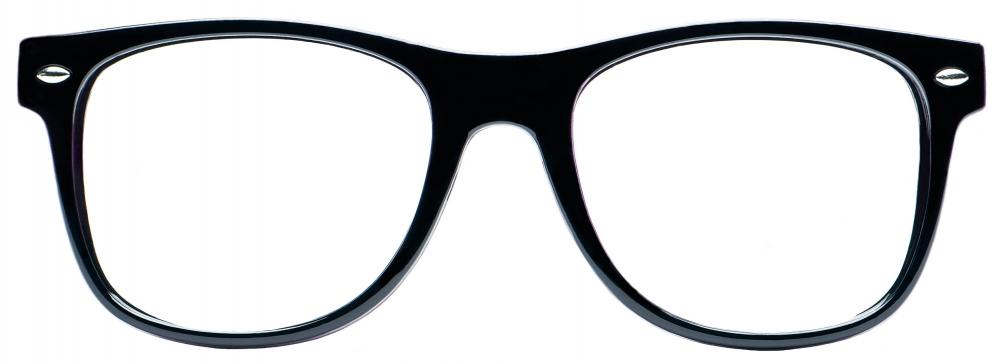At TheHealthBoard, we're committed to delivering accurate, trustworthy information. Our expert-authored content is rigorously fact-checked and sourced from credible authorities. Discover how we uphold the highest standards in providing you with reliable knowledge.
What is Severe Astigmatism?
Astigmatism is a very common eye problem in which the cornea or lens is slightly misshapen, resulting in blurred or distorted vision. Most astigmatisms are mild and can be easily compensated for with the aid of eyeglasses or contact lenses. Severe astigmatism, however, can cause serious vision problems, chronic headaches, and other symptoms that make it difficult to accomplish basic daily tasks. Symptoms tend to worsen with age, and permanent blindness is a possible consequence of not receiving treatment. In most cases, serious cases of astigmatism requires laser-guided eye surgery to correct the shape and curvature of the cornea.
In a healthy eye, the cornea and lens are uniformly, smoothly curved so that light gathered from any angle can be refracted properly onto the retina. Severe astigmatism can cause a part of the lens or cornea to curve much more sharply than the surrounding area. The cornea may also be rough in the sense that bumps and steep ridges cover its surface. As a result, light that hits the cornea from certain angles is distorted by the time it reaches the retina.

Most cases of astigmatism are inherited and congenital. Vision may not become a problem, however, until a person reaches adolescence or adulthood. Natural changes in the eye tend to make astigmatisms worse in elderly patients. Occasionally, a person can develop severe astigmatism following a puncture injury to the eye, surgery to correct glaucoma, or a serious viral or bacterial illness.

Severe astigmatism can affect central as well as peripheral vision. Blurriness can make it difficult or impossible to focus on text or an object. Often, the astigmatism is accompanied by significant near- or farsightedness, which exacerbates vision difficulties. In addition to sight problems, a person is may experience frequent headaches, fatigue, nausea, and dizzy spells.

An ophthalmologist can diagnose astigmatism by asking about symptoms and performing a careful physical exam. A slit lamp microscope is used to view the cornea from different angles. The doctor can determine exactly where ridges or steep curves are present and the degree to which they deviate from normal. Prescription eyeglasses and rigid contacts can help some people with severe astigmatism achieve better vision, but most individuals need to eventually undergo surgery.

Laser-assisted in situ keratomileusis (LASIK) surgery is the most common procedure used to treat severe astigmatism. During the procedure, small slits are made in the cornea and held open while a laser burns away pieces of the cornea and lens. The eye is shaped with the laser until it is smooth and uniformly curved. Within one week of LASIK, a patient usually notices marked improvements in vision clarity and other astigmatism symptoms.
AS FEATURED ON:
AS FEATURED ON:















Discussion Comments
Having a severe astigmatism in one eye makes wearing contact lenses quite challenging. I have to constantly be sure that I am not mixing up the two lenses, because I can not wear them interchangeably on each eye. Laser eye surgery sounds like a possible correction that I might consider in the future.
Post your comments